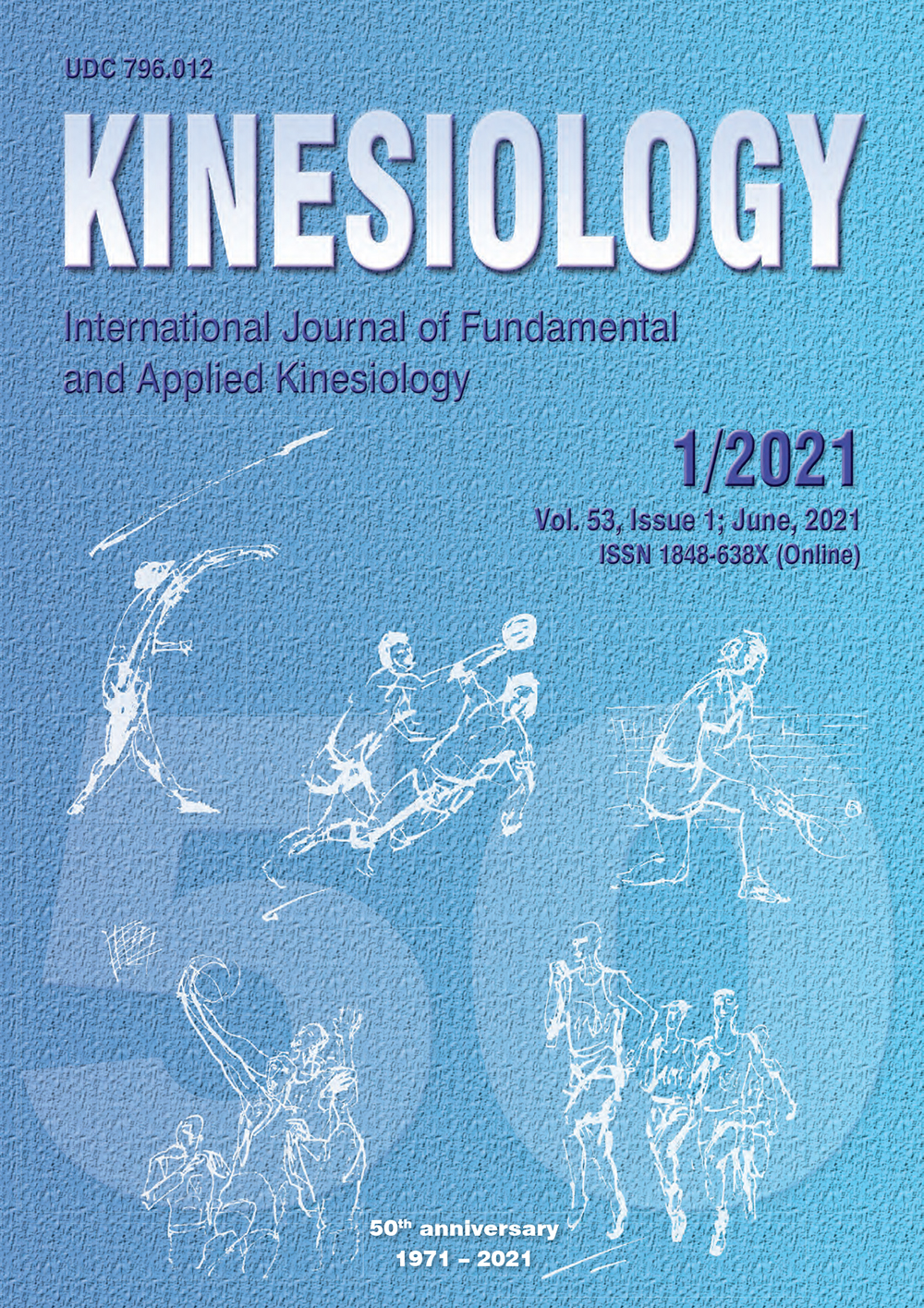The effects of eccentric training on hamstring muscle architecture: A systematic review
Muscle architecture and eccentric training
Abstract
The architectural features of the hamstring muscle group are important to prevent injury or to reduce the risk of re-injury. Besides, eccentric training is often used in the rehabilitation of hamstring injuries. The aim of this systematic review was to examine the changes created by eccentric training on hamstring muscle architecture and to determine the minimal values of duration and intensity of training for requiring functional changes. The research was conducted on the PubMed, Scopus, Web of Science, COCHRANE, CINAHL and Pedro databases. Full-text studies examining the effect of eccentric training on at least one parameter of hamstring muscle architecture were included in the review. Studies on cadavers and animals and studies involving different training combined with eccentric training were not included in the review. From a total of 7954 studies, 12 that met the relevant criteria were included in this review. According to the results, eccentric training undoubtedly increases fiber length. However, the pennation angle tends to do decrease. On the other hand, muscle thickness and cross-sectional area tends to increase depending on the eccentric training. Although the frequency, number of sets and number of repetitions in sets are similar in studies, muscle architecture changes are different. We think that duration and the number of repetitions total or per training session seem to have an impact on muscle architecture. In order to determine the minimal training program that will create these changes, quality research is needed to examine the duration, intensity and method of training.
Downloads
Published
How to Cite
Issue
Section
License

This work is licensed under a Creative Commons Attribution-NonCommercial 4.0 International License.
At Faculty of Kinesiology we recognize that access to quality research is vital to the scientific community and beyond. Kinesiology is non-profit journal and all costs of publishing and peer review process are covered by the publisher itself or other funding sources like Ministry of Science and Education of the Republic of Croatia. Full text papers are also available free of charge at http://hrcak.srce.hr/kineziologija. There are no restrictions on self archiving of any form of paper (preprint, postprint and publisher's version).
Articles are distributed under the terms of the CC BY - NC 4.0
Kinesiology does not charge any fees to authors to submit or publish articles in our journal.


